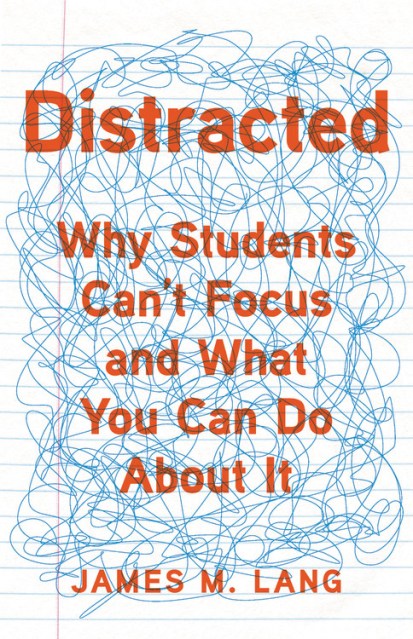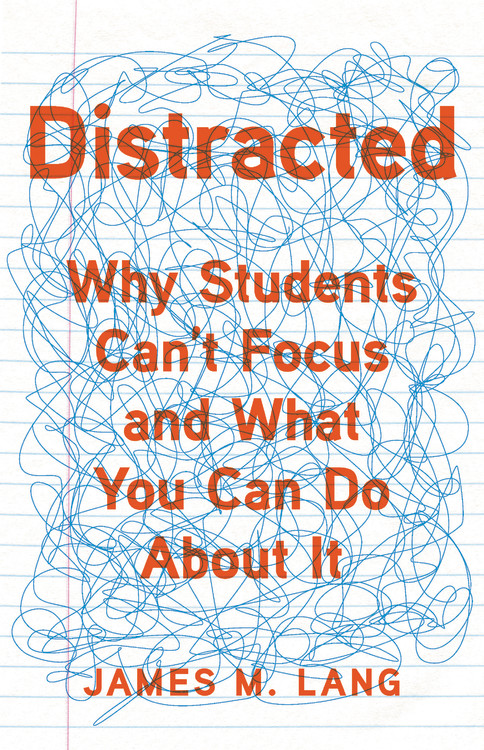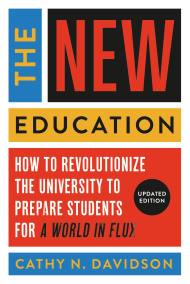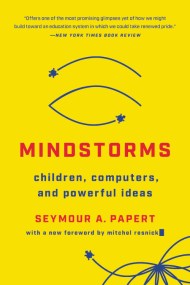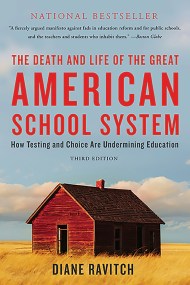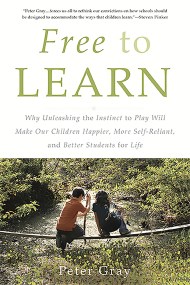By clicking “Accept,” you agree to the use of cookies and similar technologies on your device as set forth in our Cookie Policy and our Privacy Policy. Please note that certain cookies are essential for this website to function properly and do not require user consent to be deployed.
Distracted
Why Students Can't Focus and What You Can Do About It
Contributors
Formats and Prices
Price
$30.00Price
$39.00 CADFormat
Format:
- Hardcover $30.00 $39.00 CAD
- ebook $16.99 $21.99 CAD
- Audiobook Download (Unabridged)
- Trade Paperback $17.99 $22.99 CAD
This item is a preorder. Your payment method will be charged immediately, and the product is expected to ship on or around October 20, 2020. This date is subject to change due to shipping delays beyond our control.
Also available from:
Why is it so hard to get students to pay attention? Conventional wisdom blames iPhones, insisting that access to technology has ruined students’ ability to focus. The logical response is to ban electronics in class.
But acclaimed educator James M. Lang argues that this solution obscures a deeper problem: how we teach is often at odds with how students learn. Classrooms are designed to force students into long periods of intense focus, but emerging science reveals that the brain is wired for distraction. We learn best when able to actively seek and synthesize new information.
In Distracted, Lang rethinks the practice of teaching, revealing how educators can structure their classrooms less as distraction-free zones and more as environments where they can actively cultivate their students’ attention.
Brimming with ideas and grounded in new research, Distracted offers an innovative plan for the most important lesson of all: how to learn.
-
"An optimistic and useful guide to cultivating student attention.... Lang's lucid prose and dry wit make for a pleasant reading experience, and his evidence is consistently on-point. Teachers and parents teaching at home will find inspiration and insight in this sterling study of 'the crucial connection between attention and learning.'"Publishers Weekly
-
"A lucid discussion of attention and how to persuade students to pay it."Kirkus
-
Every educator, from kindergarten teachers to graduate and undergraduate school teachers, struggles with reducing distraction in the classroom. Lang tackles this problem by offering strategies for students and constructive approaches and tools to encourage attentive behavior.Library Journal
-
"Distracted proves once and for all that the question we face today is not 'How do we make students stop looking at their phones during class?' but rather 'How can we help students find meaning during class?' Packed with specific, easy-to-implement pedagogical strategies for seizing and maintaining students' academic attention, Distracted is an eminently practical guide for increasing authentic student learning in any subject. It will transform the way we think about teaching and learning in higher education."Jessamyn Neuhaus, SUNY Plattsburgh
-
"This book will change how you think about education. Distracted takes us on a phenomenal ride into a much misunderstood aspect of human learning and finally into the refreshing light that science, literature, philosophy, and history bring. Anyone who cares about learning—their own or anyone else's—should take this journey."Ken Bain, author of What the Best College Teachers Do
-
"Lang's books have held a place of honor in my library of parenting and education books, and Distracted will, too. It is a delightful mash-up of the research and history on attention and learning. I adore this book and will be recommending it to parents and teachers."Jessica Lahey, author of The Gift of Failure
-
"Attention is a finite and precious resource we are always in danger of squandering. Distracted will help teachers and students use it to nourish mind and soul."Ian Leslie, author of Curious
-
"Distracted is a must-read for every classroom teacher. Lang makes a compelling argument that 'attention is an achievement' and that we should be cultivating 'attention renewal' rather than preventing distractions. He presents practical classroom activities for fostering curiosity and community—with the research to back them up. Candid insights on effective laptop policies, inviting students into the conversation, and the role of assessments make Distracted an invaluable resource that will change how you—and your students—think about learning."Pooja K. Agarwal, Ph.D., cognitive scientist and author of Powerful Teaching
-
"In order for learning to happen, we need our students to be fully present in the classroom—and we need to be fully present for them as well. This book tells us why we must actively cultivate our students' ability to focus, weaving together compelling and unexpected approaches for addressing the age-old problem of distracted students."Michelle D. Miller, Northern Arizona University
-
"Attention is an essential part of the learning process. Yet, to those who teach, attention can feel elusive and fleeting. In Distracted, James Lang helps us navigate the challenges presented by technologies that bring both a world of information, and the potential for endless distractions, to students' fingertips. Lang encourages us to rethink our attempts to ban anything that may distract learners, and instead, to focus on practices that gain attention."Bonni Stachowiak, Teaching in Higher Ed
- On Sale
- Oct 20, 2020
- Page Count
- 304 pages
- Publisher
- Basic Books
- ISBN-13
- 9781541699809
Newsletter Signup
By clicking ‘Sign Up,’ I acknowledge that I have read and agree to Hachette Book Group’s Privacy Policy and Terms of Use
